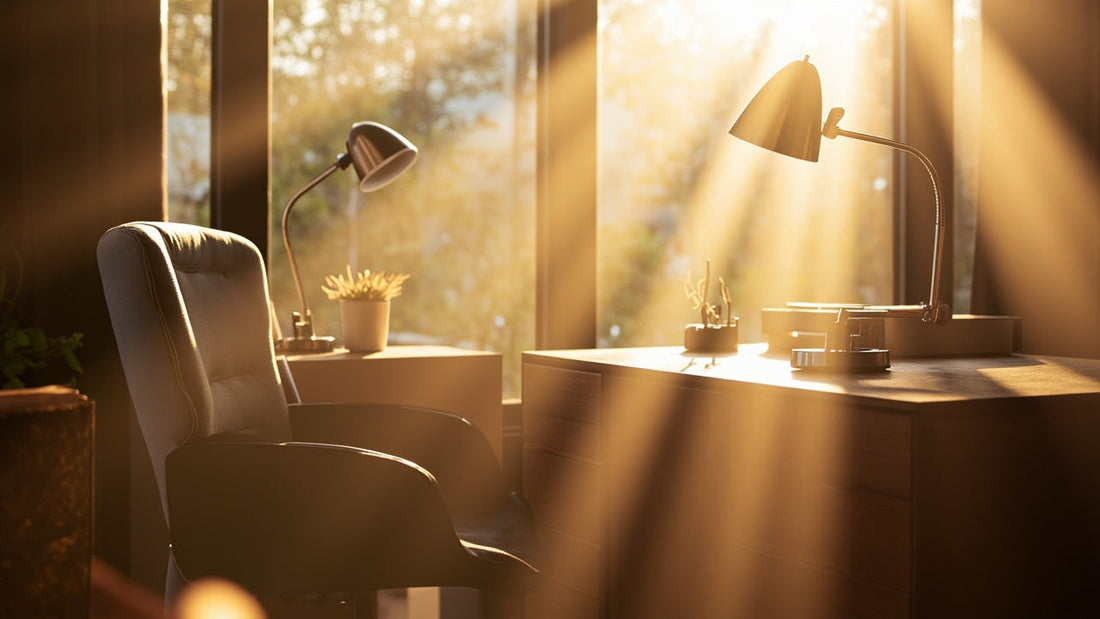
The Role of Lighting in Modern Office Design
Share
Lighting is one of the most underrated elements of office design. It doesn’t just determine how a space looks—it influences how people feel and perform within it. The right balance of natural and artificial light can reduce eye strain, improve mood, and even sharpen focus, making it a cornerstone of modern office design.
Natural light is the foundation. Studies show that exposure to daylight boosts energy levels, regulates circadian rhythms, and supports overall well-being. Workspaces near windows often feel more open and energizing, while also reducing reliance on harsh overhead lighting.
Artificial lighting fills the gaps, especially in spaces where daylight is limited. Warm desk lamps create a cozy, inviting atmosphere, while adjustable LED lighting can shift brightness and color temperature to match the time of day. TyporaOffice offers desk lamps that combine sleek design with functionality, giving you lighting that looks good and works smarter.
Practical examples include using task lighting to spotlight your work area while keeping ambient lighting softer, or placing a lamp at the side of your desk to reduce glare on screens. For collaborative spaces, layered lighting—combining overhead, accent, and task lights—supports both focus and flexibility.
The psychological effect is just as powerful as the practical one. A well-lit office feels alive, while poor lighting can make even stylish setups feel flat and draining. By treating lighting as a design priority, you create a workspace that’s not only functional but also inspiring.
In modern office design, light is more than illumination—it’s atmosphere, energy, and productivity in one.
